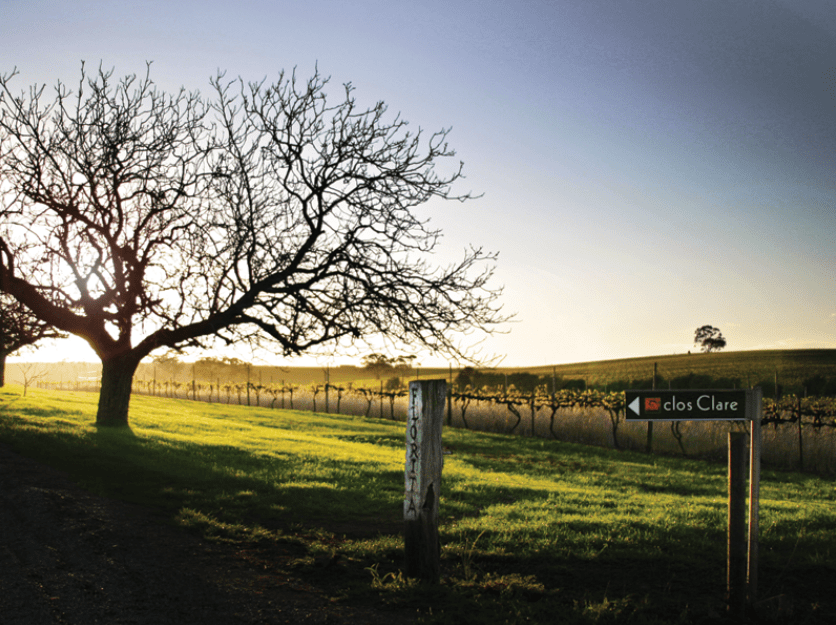
The barry family took a big gamble buying florita vineyard in 1986. It paid off and peter barry reflects on a very productive 30 years.
Buying Florita Vineyard at Watervale in the Clare Valley was one of the biggest gambles taken by the Barry family. The 80-acre property was planted to Riesling, which was on the nose at the time. But on 20 June 1986, brothers Mark, Peter and John Barry took a chance. Now 30 years later it is recognised as one of Australia’s most famous Riesling vineyards. The grapes go into Jim Barry Watervale Riesling, which sells out every year.
“We saw the vineyard advertised in the local paper and there was a lot of discussion about it being sold,” remembers Peter Barry. “Riesling was so out of favour. It was still being used as a generic term for wine casks and we called our wines Rhine Riesling. Australia had also discovered Sauvignon Blanc and Chardonnay.
“Our love of Riesling and knowing it was a great vineyard with great history that grew great wines, convinced us to buy it. We thought that one day people would come back to Riesling. It’s probably taken 30 years for them to really do that.
“It was tough at the time, we had to fund the pruning of the vineyard and our first crop. We borrowed 100 percent of the money, but then had no money to run it and so we asset-stripped the property. We sold a transportable house and the Clos Clare House; we purchased the house back in 2007 and now use it as a cellar door for the Clos Clare brand.”
Were there ever any regrets about buying Florita? “Yeah,” quips Peter, “ten minutes after we purchased it. We knew it was a big gamble. Other people were looking at it, but it was just so risky. There was no market for Riesling, really. In the early days I swapped Riesling juice for bottling, I supplied a company with a tanker of Riesling juice and they did bottling for me. We had to do all sorts of things to make it work. I swapped Riesling juice with Sauvignon Blanc juice from Griffith. We spent a lot of hours on the tractors, my brothers and I, to make it work.
“It turned around in 1989 – three years after we bought the vineyard. We won a lot of gold medals and trophies for our Watervale Riesling. That gave us momentum. Over the years it was up and down as far as sales went. So it has been a hard journey, but worth it. We were true to Riesling and now we sell out of all the wine that comes off that vineyard.
“I think Riesling is still out of fashion for a lot of people, but we have a respected brand in Australia and people follow the wine and restaurants stock it. The wine industry is a tough industry, you lose 10 percent of your consumers a year through attrition and things, so you have to keep promoting to find consumers.”
Peter says they find new consumers by “opening bottles of wine”. “We’ve got a very good distribution company in Australia and we spend a lot of time on the road wearing out shoe leather,” he says.
The Barry family hasn’t removed or grafted a single Riesling vine in the vineyard in 30 years. “There were 75 acres of Riesling when we bought it and today there are 75 acres of Riesling,” Peter says.
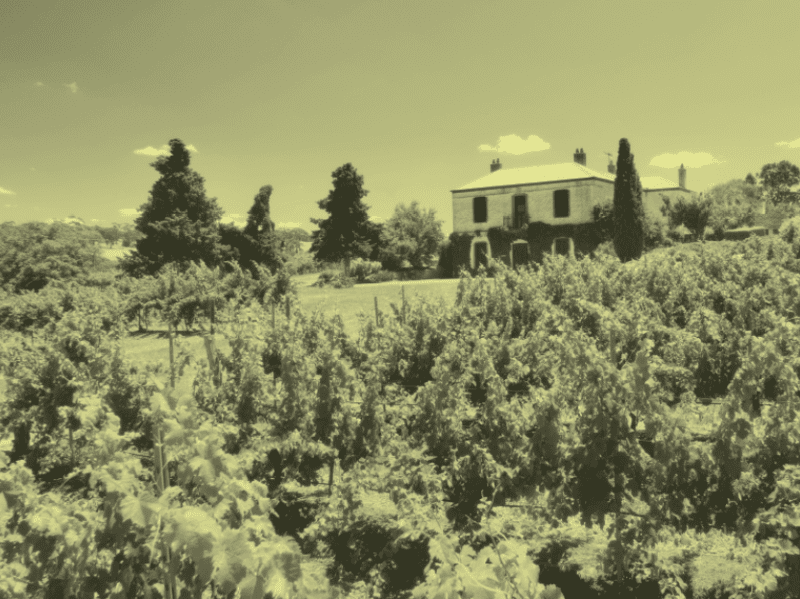
He says Riesling sales are good. “We make a very dry style and we’ve carved out a niche for consumers who want to drink a crisp white wine,” he says. “It has taken a long time, but they are very loyal consumers. Anecdotally it’s people of all ages drinking it, including a lot of people in their 60s and 70s. Watervale Riesling has natural fruit sweetness and you don’t have to leave residual sugar.”
Peter felt sentimental on the day of the 30-year anniversary. “It was exciting to stand in the vineyard with my sons Sam and Tom and have a glass of 2016 Watervale Riesling,” he says.
The Riesling vineyard was planted in 1962; before that it grew Palomino to make sherry. The property was unirrigated initially – the Barry family installed irrigation in 1989. The yields are about two and a half tonnes to the acre.
Peter says the whole family is proud of the Florita Vineyard story. “To have one of Australia’s greatest Riesling vineyards in our family is a pretty special thing,” he says. “Sam and Tom understand the gamble we took as young men. We were about the same age as them at the time.
“It’s great looking at how good the wines are that come from that vineyard, especially with the screwcaps, which we’ve been using since the year 2000 – 16 years now. We’ve been looking at some of the older wines and it’s a pleasure to see them.”
Does one vintage stand out?
“Oh no, I can’t,” quips Peter. Then he says, “I have always liked looking at the 1986 although we didn’t own the vineyard that vintage. And 89 is a wine I like to have a look at. I don’t know if one really stands out, they reflect the years and that’s what you’re most excited about.”
Peter loves 10-year-old Riesling. “I just like to drink it at that age,” he says. “It’s a personal preference.”
He still runs the vineyards and he’s usually out among the vines at 6.30am. “I still love coming to work each day and starting my day in the vineyard and having a look around,” he says.
“These days we have 700 acres of vines – 600 in Clare and 100 in Coonawarra. Our philosophy since 1986 has been to own our vineyards to control our destiny. That’s been very successful. For many years it would have been cheaper to buy grapes, but you can’t really get the consistency doing that.”
Peter doesn’t do much pruning these days. “I’ll prune one to instruct someone on how to do it,” he says. “But no… we have nearly half a million vines. I do prune my glory vine at home, though.”

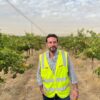

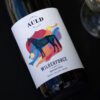


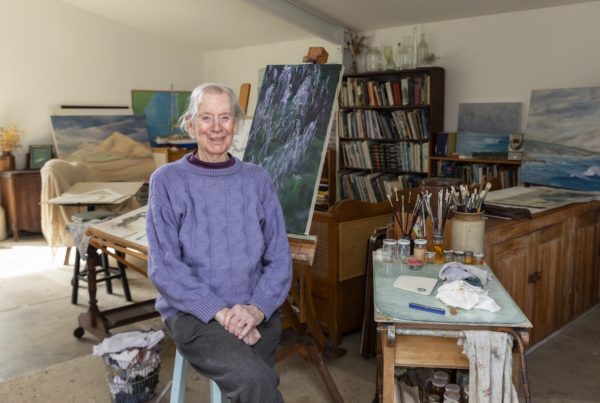
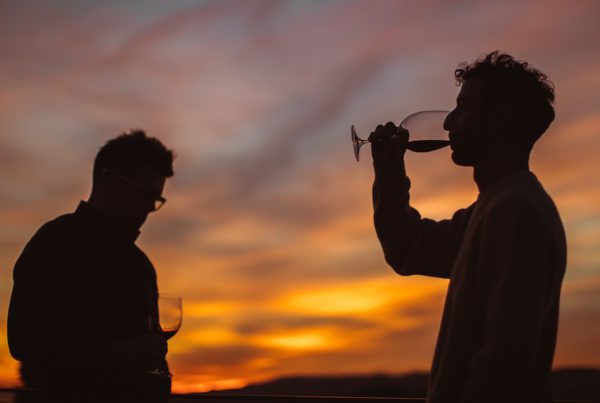
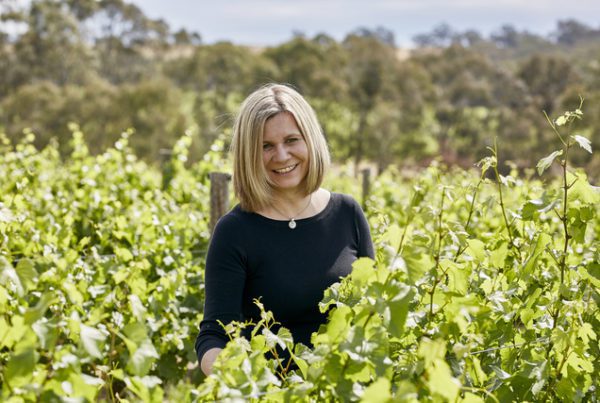
Recent Comments